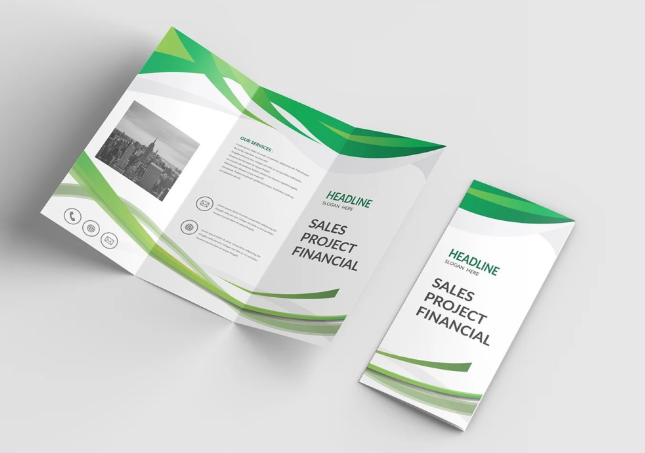Crafting Compelling Booklet Designs: A Comprehensive Guide

Introduction:
booklet design plays a crucial role in conveying information effectively and leaving a lasting impression on the audience. Whether it’s for marketing purposes, educational materials, or event programs, a well-designed booklet can captivate readers and communicate messages with clarity. In this guide, we will delve into the essential elements and principles of booklet design, providing insights and tips for creating compelling designs that resonate with your target audience.
Understanding the Purpose:
Before diving into the design process, it’s essential to have a clear understanding of the booklet’s purpose. Whether it’s to promote a product, showcase a portfolio, or provide instructional content, aligning the design with the intended purpose is crucial. Consider the target audience, message, and desired outcome to guide the design direction effectively. Clarity on the purpose will inform decisions regarding layout, imagery, typography, and overall visual aesthetics.
Strategic Layout and Organization:
The layout of a booklet plays a pivotal role in guiding the reader’s journey through the content. Strategic organization of information ensures that the reader can easily navigate the booklet and absorb the intended message. Begin by outlining the content hierarchy and determining the flow of information. Divide the booklet into sections or chapters, each with its own distinct focus. Use visual cues such as headings, subheadings, and clear signage to indicate transitions and guide the reader through the content seamlessly.
Captivating Cover Design:
The cover serves as the first point of contact with the audience and plays a significant role in capturing their attention. A captivating cover design should reflect the essence of the booklet and entice viewers to explore further. Consider incorporating striking imagery, bold typography, and vibrant colors to create visual impact. Ensure that the cover design is aligned with the overall theme and communicates the booklet’s purpose effectively. Experiment with different design elements to create a cover that stands out and leaves a memorable impression.
Engaging Visual Elements:
Visual elements such as images, illustrations, and graphics play a crucial role in enhancing the visual appeal and conveying information effectively. Choose high-quality visuals that align with the booklet’s theme and resonate with the target audience. Utilize images to evoke emotions, illustrate concepts, and break up text-heavy sections. Incorporate whitespace strategically to balance the visual elements and improve readability. Experiment with different layouts and compositions to create visually engaging spreads that capture the reader’s attention.
Effective Typography:
Typography plays a significant role in conveying tone, mood, and hierarchy within the booklet. Choose fonts that are legible and appropriate for the intended audience and purpose. Establish a hierarchy of typography to guide the reader’s attention and emphasize key points. Experiment with different font sizes, weights, and styles to create visual contrast and hierarchy. Pay attention to spacing, alignment, and formatting to ensure readability and coherence throughout the booklet. Consistency in typography helps maintain a cohesive visual identity and enhances the overall reading experience.
Conclusion:
Designing a compelling booklet requires careful consideration of various elements, including purpose, layout, visual elements, and typography. By understanding the needs of the audience and aligning the design with the intended message, you can create impactful booklets that resonate with readers. Experiment with different design techniques, stay true to the theme, and aim for clarity and coherence in your designs. With thoughtful planning and creative execution, your booklet designs can leave a lasting impression and effectively communicate your message to the world.







